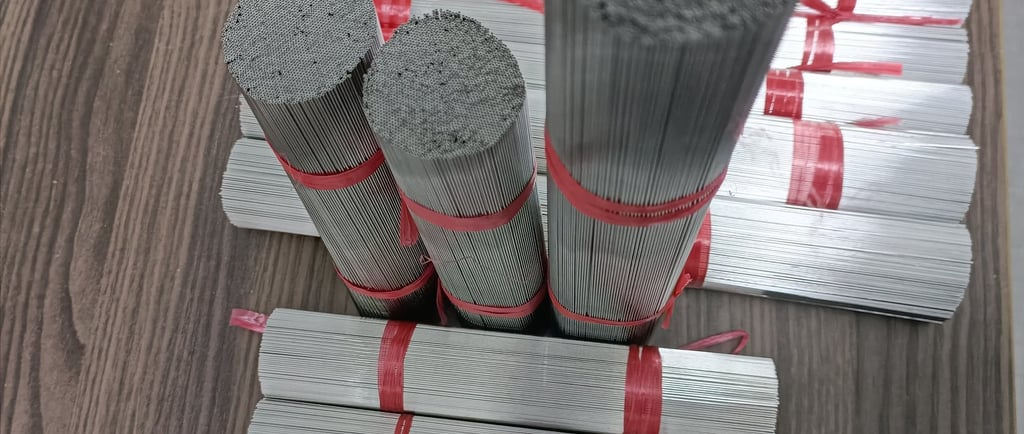Understanding the Role of Capillary Tubes in Igu Chambers
3/29/2025


The Importance of Capillary Tubes in Igu Chambers
A capillary tube plays a crucial role in the functionality of an igu chamber, designed specifically to manage air exchange without compromising the unit's integrity. The primary purpose of this tube is to allow for atmospheric pressure changes while avoiding any damage that may result from significant air pressure differences. This balance is essential to maintain the operational efficiency of the unit.
Design Specifications for Optimal Performance
In order to effectively manage the air flow, it is vital that the capillary tube maintains a “gooseneck” shape. This design ensures that the tube permits only a controlled amount of air to enter or escape the unit, preventing continuous communication between the interior and the surrounding atmosphere. Such controlled air movement is key to avoiding potential issues that could arise from excessive pressure fluctuations.
Placement and Transport Considerations
Another critical aspect to consider when working with capillary tubes in igu chambers is their placement. It is recommended that the tube is positioned on one of the sides of the unit, avoiding placement on the top or bottom spacers. This ensures that the tube functions effectively without interference from other components of the igu chamber.
Furthermore, when transporting these units, they are often laid on their side to fit securely within shipping containers. This necessitates extra care in maintaining the integrity of the gooseneck design, specifically ensuring that there is a 50 mm difference preserved in its structure. To safeguard this configuration during transport, it is advisable to tape the tip of the tube to the front of the glass in a downward position. This simple precaution helps to maintain the necessary air exchange properties while preventing potential damage during transit.
In conclusion, capillary tubes are essential for the safe and efficient operation of igu chambers. By understanding their function, implementing proper design specifications, and taking transport considerations into account, the longevity and performance of these units can be significantly enhanced. Always ensure that the specific requirements for placement and maintenance of the gooseneck are met to optimize the air management process within the chamber.